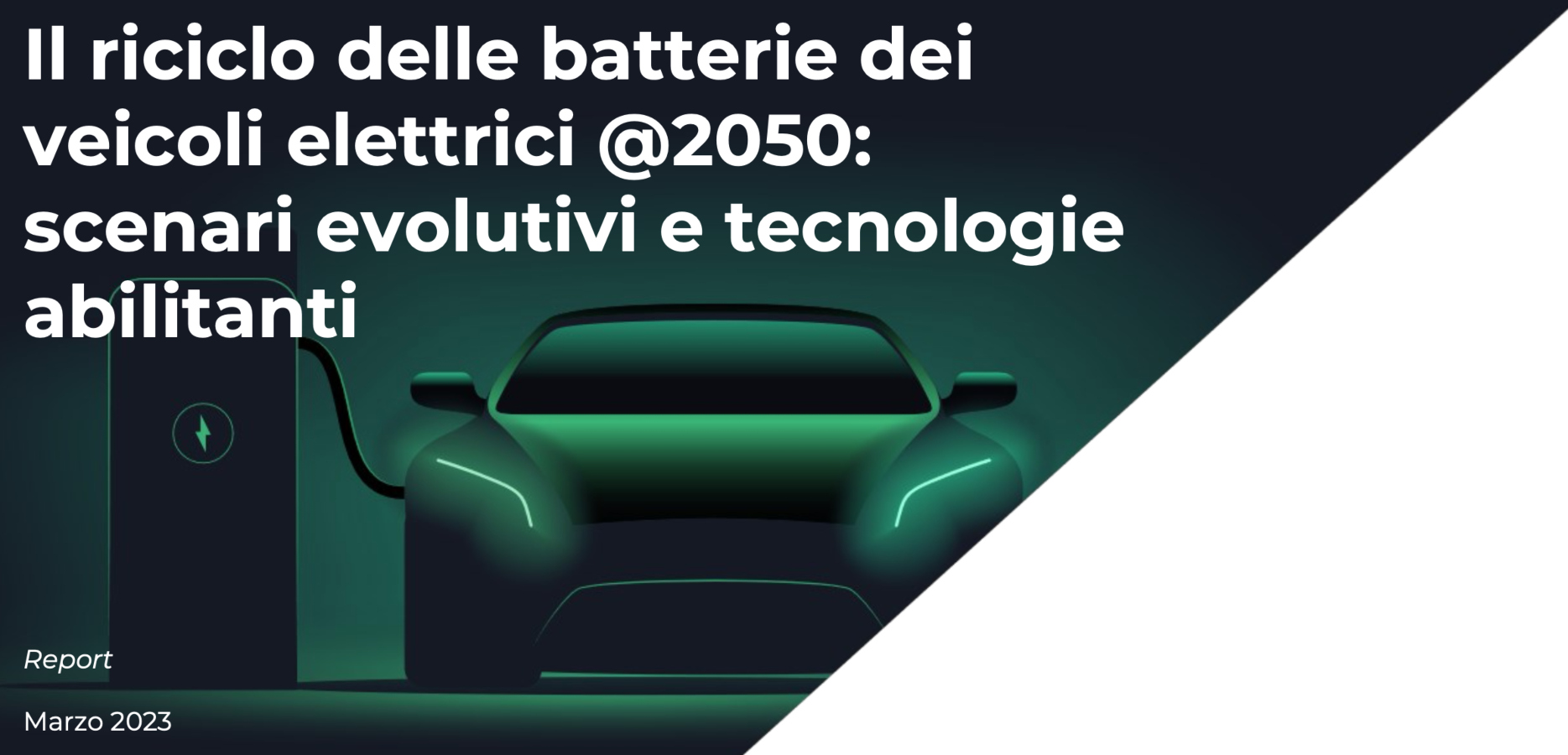
Le batterie dei veicoli elettrici possono avere un solo destino dopo l’utilizzo: il riciclo. Lo prevede la direttiva 2006/66/CE, che fa della mobilità elettrica un esempio lampante di economia circolare. Dopo l’impiego a bordo di auto, furgoni o altri mezzi, gli accumulatori sono chiamati prima a una second life per applicazioni stazionarie pubbliche o private – a supporto di reti elettriche e fonti rinnovabili – per poi venire avviati al riciclo per recuperare tutti i preziosi materiali che li compongono. Un business con grandi prospettive di sviluppo, in cui l’Italia può recitare un ruolo da protagonista.
| Cookie | Durata | Descrizione |
|---|---|---|
| cookielawinfo-checkbox-analytics | 11 months | This cookie is set by GDPR Cookie Consent plugin. The cookie is used to store the user consent for the cookies in the category "Analytics". |
| cookielawinfo-checkbox-functional | 11 months | The cookie is set by GDPR cookie consent to record the user consent for the cookies in the category "Functional". |
| cookielawinfo-checkbox-necessary | 11 months | This cookie is set by GDPR Cookie Consent plugin. The cookies is used to store the user consent for the cookies in the category "Necessary". |
| cookielawinfo-checkbox-others | 11 months | This cookie is set by GDPR Cookie Consent plugin. The cookie is used to store the user consent for the cookies in the category "Other. |
| cookielawinfo-checkbox-performance | 11 months | This cookie is set by GDPR Cookie Consent plugin. The cookie is used to store the user consent for the cookies in the category "Performance". |
| viewed_cookie_policy | 11 months | The cookie is set by the GDPR Cookie Consent plugin and is used to store whether or not user has consented to the use of cookies. It does not store any personal data. |
